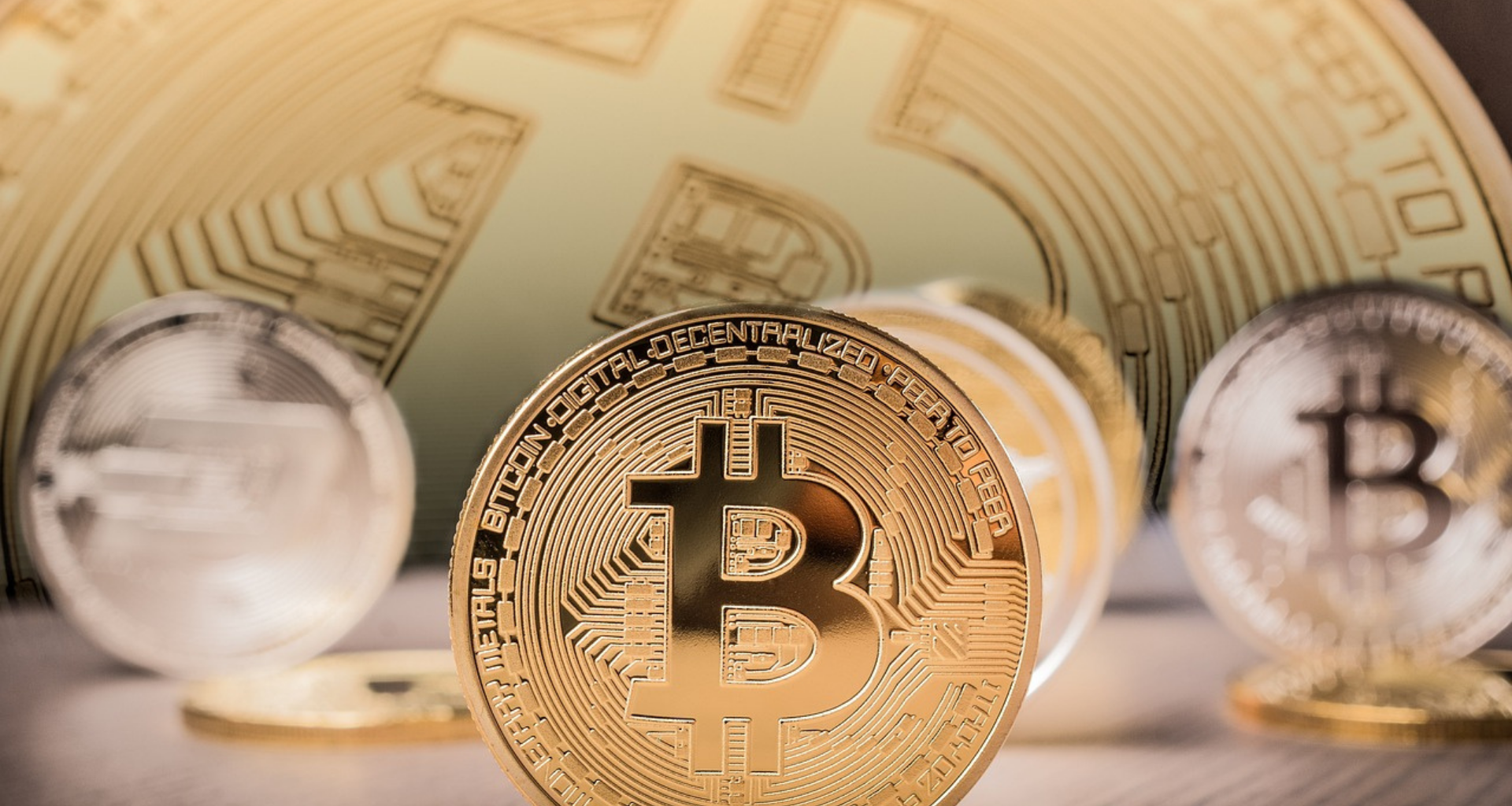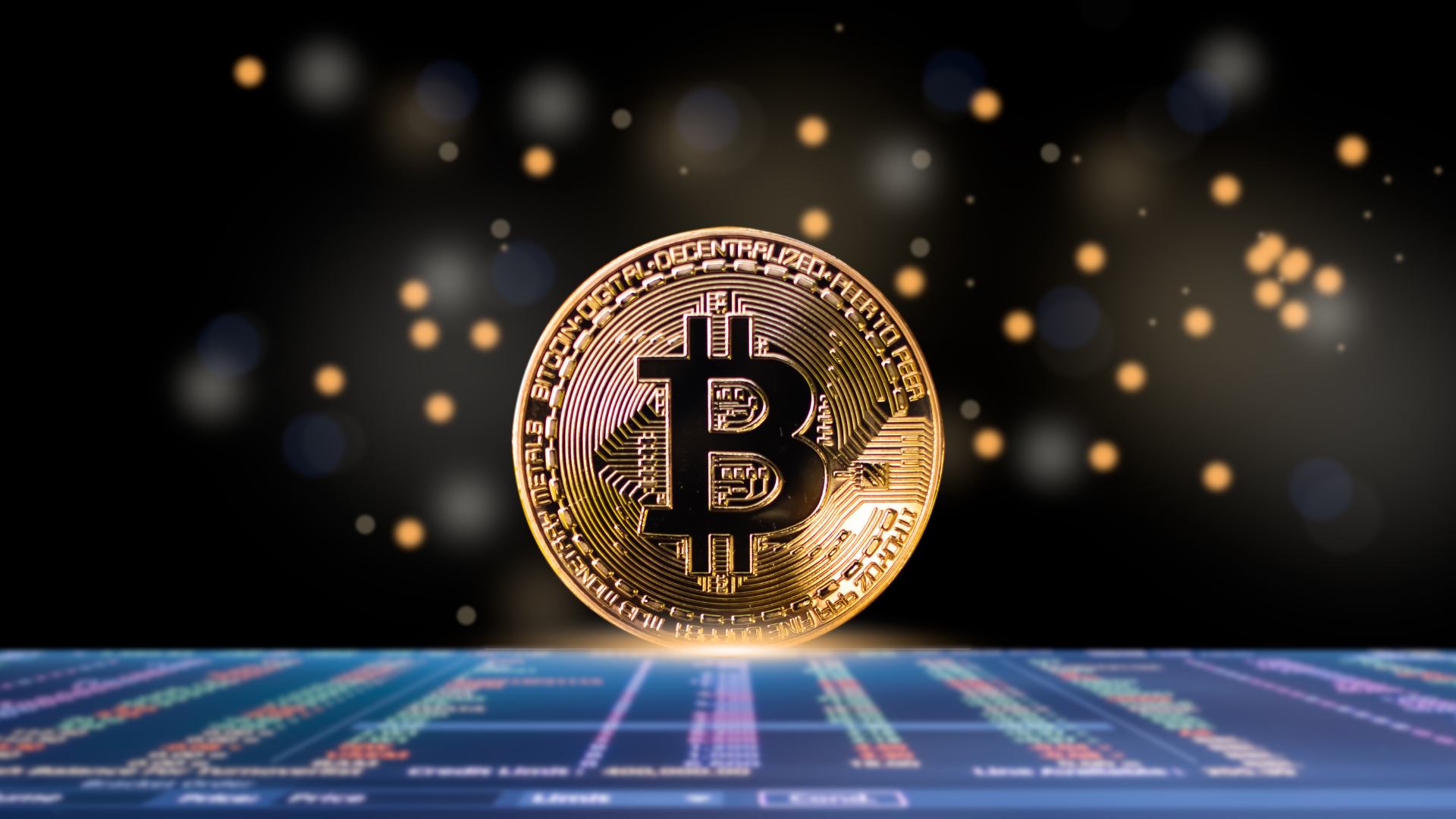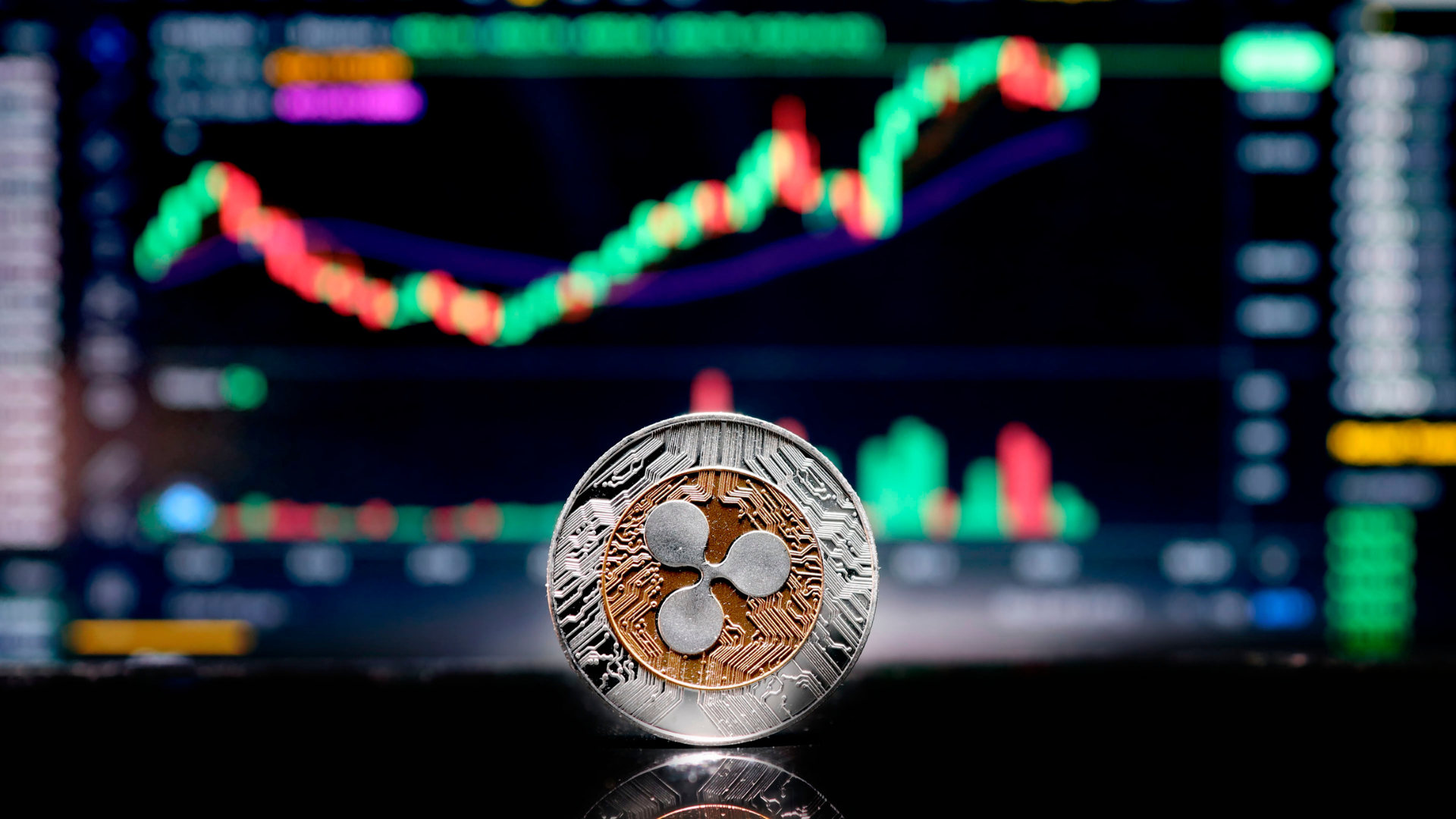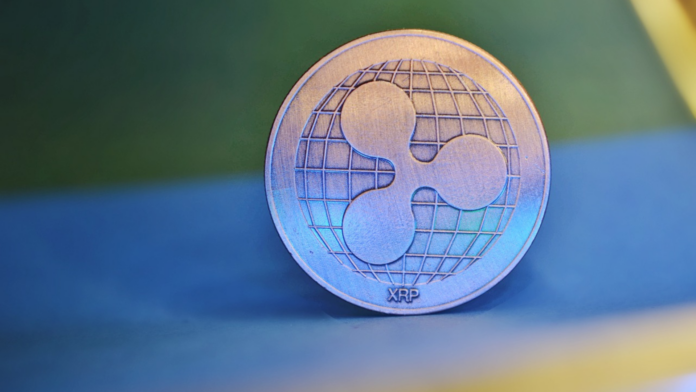In the dynamic world of cryptocurrencies, few questions spark as much debate as whether any alternative coin could eventually dethrone Bitcoin from its position as the market leader. Among the contenders, XRP, developed by Ripple Labs, has consistently positioned itself as a unique proposition with fundamentally different goals and technology. This article examines whether XRP has the potential to replace Bitcoin as the dominant cryptocurrency, analyzing their technological differences, market positions, adoption patterns, and future prospects.

The Current State of XRP vs. Bitcoin
As of March 2025, Bitcoin’s price and market capitalization have experienced significant fluctuations. Following President Trump’s announcement of a U.S. crypto strategic reserve, Bitcoin’s price surged to approximately $93,000, with its market capitalization increasing by $166 billion. Additionally, analysts have projected Bitcoin’s market capitalization could reach $3 trillion by mid-2025, highlighting strong fundamentals and growing institutional interest. XRP, meanwhile, has shown impressive growth, with recent statistics highlighting its increasing importance in the cryptocurrency ecosystem.
XRP has experienced remarkable growth, underscoring its increasing significance in the cryptocurrency ecosystem. President Trump’s announcement of the U.S. Crypto Strategic Reserve, which includes XRP, led to a substantial surge in its market capitalization, adding $44 billion within an hour.
Additionally, Ripple’s launch of RLUSD, a U.S. dollar-backed stablecoin, and a favorable legal outcome against the SEC have bolstered market confidence. Analysts now predict XRP could reach $15 by early 2025.

This growth reflects XRP’s targeted approach to solving specific problems in the financial industry, particularly in cross-border payments. However, to assess whether XRP could truly replace Bitcoin, we must first understand their fundamental differences.
Technological Foundations: Apples and Oranges
Bitcoin and XRP were designed with drastically different purposes and operate on fundamentally different principles, making direct comparisons somewhat challenging.
Bitcoin: Decentralized Digital Gold
Bitcoin was created in 2009 by the pseudonymous Satoshi Nakamoto with the explicit purpose of establishing a peer-to-peer electronic cash system independent of centralized control. Key aspects of Bitcoin include:
- Proof-of-Work consensus mechanism requiring significant computational power
- Deliberately limited supply (21 million coins maximum)
- Full decentralization with no controlling entity
- Emphasis on censorship resistance and trustless transactions
- Block time of approximately 10 minutes
- Primary value proposition as a store of value or “digital gold”
XRP: Speed-Focused Settlement Layer
By contrast, XRP was created by Ripple Labs with the specific goal of facilitating fast, low-cost international money transfers and serving as a bridge currency for financial institutions. Key aspects include:
- Consensus protocol based on validator nodes rather than mining
- Pre-mined supply of 100 billion XRP
- Transaction settlement in 3-5 seconds
- Minimal transaction costs
- Focus on integration with existing financial infrastructure
- Designed specifically for institutional use in cross-border payments

These fundamental differences highlight that XRP and Bitcoin were designed to solve different problems. Bitcoin prioritizes security, decentralization, and censorship resistance at the cost of transaction speed and energy efficiency. XRP prioritizes speed, scalability, and integration with existing financial systems at the cost of some degree of decentralization.
Market Position and Adoption Patterns
The adoption trajectories of Bitcoin and XRP reveal their divergent paths in the cryptocurrency ecosystem.
Bitcoin’s Institutional Embrace
Bitcoin has increasingly been adopted as a treasury reserve asset by corporations and a long-term investment vehicle by institutional investors. Following the approval of Bitcoin ETFs, traditional financial investors gained regulated exposure to Bitcoin, further cementing its position as “digital gold.” Its primary use cases have evolved to include:
- Long-term store of value
- Inflation hedge
- Reserve asset for corporations and nations
- Settlement layer for large transactions
- Collateral for borrowing in decentralized finance

The narrative surrounding Bitcoin has largely shifted from a payment method to a digital store of value akin to gold, with second-layer solutions like Lightning Network addressing its transaction speed limitations.
XRP’s Financial Institution Focus
XRP, by contrast, has focused primarily on institutional adoption, particularly among banks and payment providers seeking to optimize cross-border transfers. Its primary use cases include:
- Bridge currency for international remittances
- Settlement mechanism for financial institutions
- Liquidity solution for currency corridors with high friction
- Fast, low-cost transfers between exchanges
- Alternative to traditional correspondent banking relationships
Ripple’s partnerships with financial institutions worldwide have steadily increased, with its On-Demand Liquidity (ODL) service utilizing XRP to eliminate pre-funding requirements in cross-border payments.

Regulatory Landscape: Divergent Challenges
The regulatory environment has posed different challenges for Bitcoin and XRP, significantly impacting their adoption and price performance.
Bitcoin’s Regulatory Journey
Bitcoin has gradually gained regulatory acceptance in many jurisdictions, with the approval of ETFs in the United States marking a significant milestone in its institutional legitimacy. While concerns about energy consumption, illicit use, and financial stability persist, Bitcoin has increasingly been recognized as a legitimate asset class.
The decentralized nature of Bitcoin makes it resistant to regulatory actions against any single entity, providing a degree of regulatory resilience. However, this same characteristic presents challenges for integration with traditional financial systems that require compliance with anti-money laundering and know-your-customer regulations.
XRP’s Regulatory Hurdles
XRP and Ripple Labs have faced more direct regulatory challenges, most notably the lawsuit filed by the U.S. Securities and Exchange Commission in December 2020, which alleged that XRP was an unregistered security. While Ripple has achieved some favorable rulings, regulatory uncertainty has impacted XRP’s adoption in certain markets.
However, outside the United States, many regulators have provided clearer guidelines for XRP, allowing for its integration into financial services. Ripple’s proactive approach to regulatory compliance and engagement with central banks has helped establish XRP as a regulated asset in various jurisdictions.
The Coexistence Thesis: Different Tools for Different Jobs
Rather than viewing the question as whether XRP will replace Bitcoin, a more nuanced perspective suggests they may coexist as solutions to different problems within the broader cryptocurrency ecosystem.
Bitcoin’s Enduring Value Proposition
Bitcoin’s first-mover advantage, brand recognition, network effect, and established narrative as digital gold provide significant barriers to displacement. Its value proposition centers on:
- Scarcity and predictable monetary policy
- High security through massive hash power
- Proven resilience over more than a decade
- Political neutrality and censorship resistance
- Global recognition and liquidity
These attributes position Bitcoin as a long-term store of value rather than an everyday payment system, suggesting that its dominance in this specific niche may continue regardless of developments in payment-focused cryptocurrencies.

XRP’s Specialized Utility
XRP’s value proposition is distinctly different, focusing on:
- Institutional adoption for specific use cases
- Integration with existing financial infrastructure
- Speed and cost efficiency for international settlements
- Scalability for high transaction volumes
- Minimal energy consumption
These attributes position XRP as a specialized tool for cross-border payments and institutional settlements rather than a direct competitor to Bitcoin’s store-of-value function.
Future Scenarios: Evolution Not Revolution
Looking ahead, several scenarios could unfold in the relationship between Bitcoin and XRP.
Complementary Coexistence
The most likely scenario is continued coexistence, with Bitcoin maintaining its position as a store of value and XRP expanding its role in cross-border payments and institutional settlements. This scenario recognizes that the cryptocurrency ecosystem is diversifying to address different needs rather than converging on a single solution.
In this scenario, Bitcoin remains the dominant cryptocurrency by market capitalization, while XRP achieves greater adoption within its target market of financial institutions and payment providers. Both cryptocurrencies benefit from clearer regulatory frameworks and technological improvements.
Stay updated with Crypto News Today for the latest market trends, price updates, and expert insights on Bitcoin, Ethereum, and altcoins, helping you make informed investment decisions.
Technological Disruption
Another possibility is that technological advances significantly alter the competitive landscape. Improvements to Bitcoin’s scalability and transaction speed through second-layer solutions like Lightning Network could expand its utility for payments. Conversely, innovations in central bank digital currencies (CBDCs) could impact the adoption of both Bitcoin and XRP.
The evolution of blockchain interoperability could also change dynamics, potentially allowing for more seamless interactions between different cryptocurrency networks and reducing the importance of any single dominant cryptocurrency.
Institutional Integration Determines Winners
The degree of integration with traditional financial systems could significantly influence the relative positions of Bitcoin and XRP. Ripple’s strategy of working within the existing financial framework might accelerate XRP adoption among institutions, while Bitcoin’s positioning outside that framework could either limit its growth or preserve its value as an alternative system.

Conclusion: Beyond the Binary Question
The question “Will XRP replace Bitcoin?” ultimately misframes the relationship between these two cryptocurrencies. They represent different approaches to different problems within the broader landscape of digital assets and blockchain technology.
Bitcoin’s strength lies in its established position as a decentralized store of value with a fixed supply, operating independently of any controlling entity. XRP’s advantage is its speed, efficiency, and focus on solving specific problems within the existing financial system.
Rather than replacement, the future likely holds continued specialization and diversification in the cryptocurrency ecosystem. Bitcoin may maintain its position as “digital gold,” while XRP expands its footprint in cross-border payments and institutional settlements. Other cryptocurrencies will continue to emerge and evolve to address specific use cases and market needs.
For investors and users, understanding the distinct value propositions and target markets of different cryptocurrencies is essential for navigating this complex ecosystem. The success of XRP does not necessarily come at the expense of Bitcoin, and vice versa. In an expanding digital asset landscape, multiple cryptocurrencies can thrive by serving different purposes and meeting different needs.
As the cryptocurrency ecosystem matures, the binary framing of “replacement” may give way to a more nuanced understanding of coexistence, specialization, and complementary functions within a diverse digital economy. The future of cryptocurrencies is not likely to be winner-takes-all, but rather a complex ecosystem of specialized tools serving distinct purposes in our increasingly digital financial world.
Also Read: Which Coin Is Next Bitcoin?




